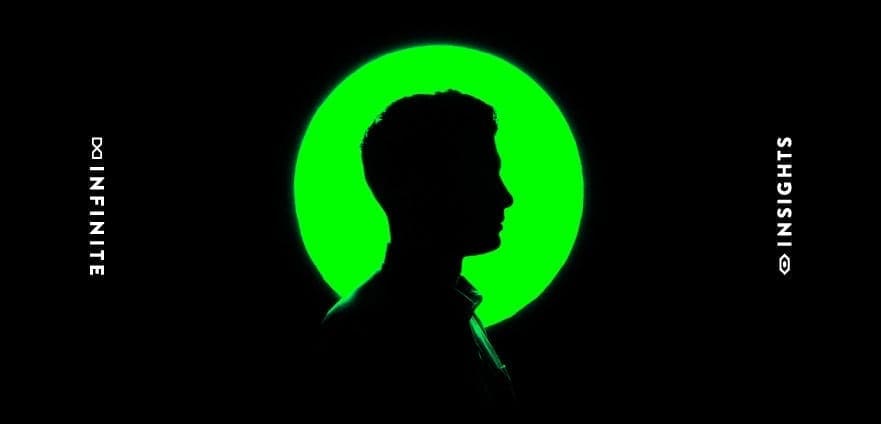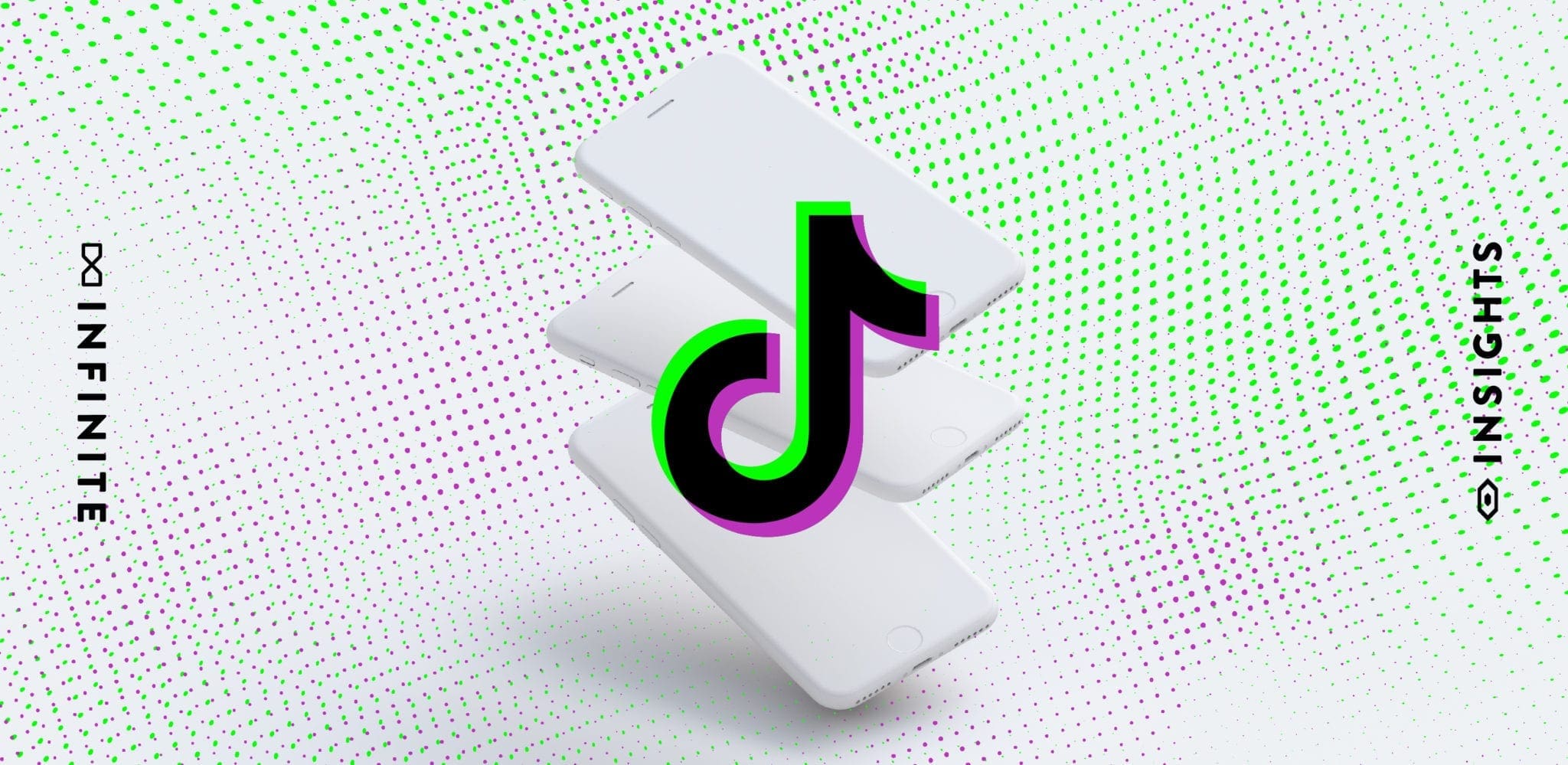Many brands think they know social media marketing, but do you really understand the power it can have on your brand?
Take it from the experts when we say that learning how to harness its influence is the best thing you can do for your business.
In this guide, we’ll define social media marketing, dive into which platforms are best for your business, cover the benefits of social media marketing, and explain how you can measure the success of your organic campaign.
To sum it up: we have all the expert information you need to get ahead of your competition!
What is Social Media Marketing?
Social media marketing is using social media platforms to promote your brand, products, or services. In the last 10 years, it’s become a pivotal part of brands’ online marketing campaigns. According to AdWeek, 91% of brands use two or more social media channels to communicate with their audience.
The foundation of all marketing and social media strategies are built on connecting and building relationships with your current (and future) customers. These relationships lead to lifelong brand loyalty (and an increase in sales), but you have to have the right team, technologies, and strategies.
What social media platforms are best for my business?
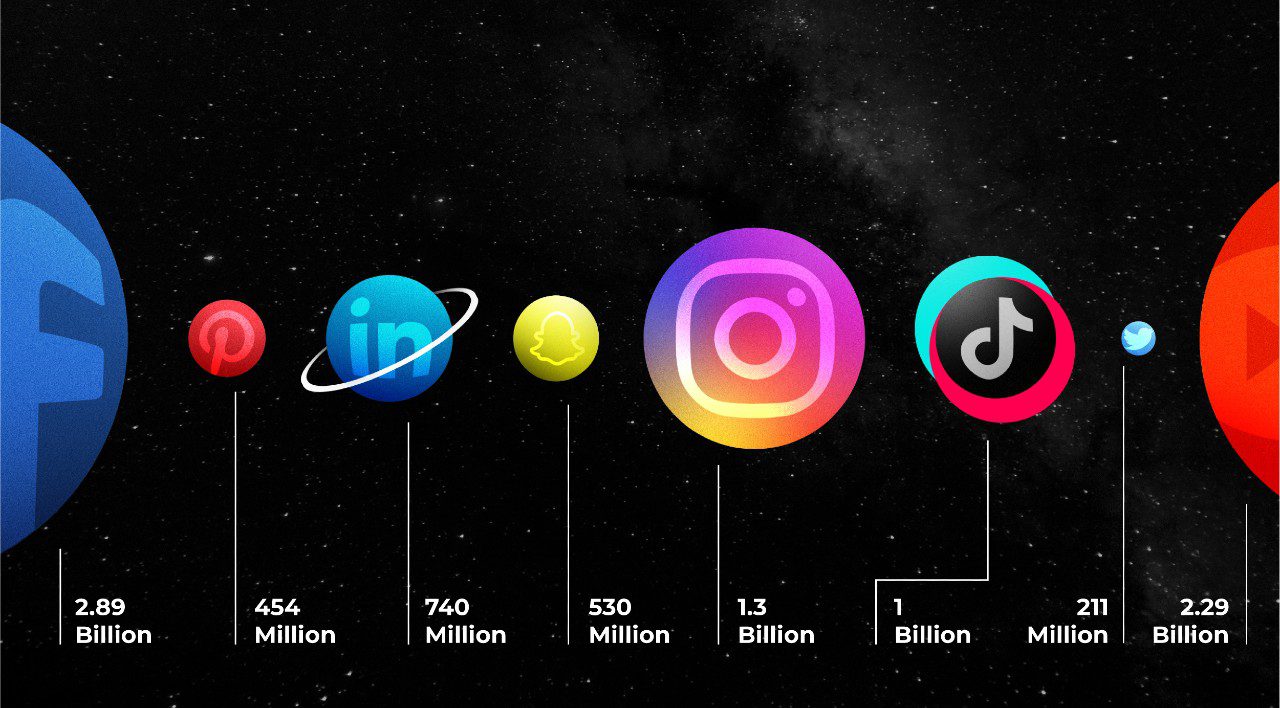
In 2022, there are many social platforms for brands to choose from, but not every platform makes sense for every brand.
Most brands should at least have a presence on Facebook, Instagram, LinkedIn and Twitter, but it depends heavily on your industry and the content you plan on producing.
- Instagram – The world’s largest image-sharing website with over 1.3 billion active users. Instagram is the perfect channel for brands with high-quality photos, videos, or other visual content. More than half of the users on Instagram are aged 34 years or younger, according to Statista. Between the popularity of Reels, the shoppable e-commerce features, and the high viewability of Stories, Instagram is a marketing beast that most brands should have a presence on.
- TikTok – The fastest growing social media platform with the highest engagement and now over 130 million active users in the United States and 1 billion worldwide. The beauty of TikTok is that it keeps people engaged. Users don’t just check TikTok, they watch TikTok, and usually for hours. The average time spent on the app per user is 52 minutes a day. Plus, 60% of TikTok users are Gen Zers, so if you’re trying to market to a younger demographic, this channel is for you. With opportunities to jump on trending sounds, hashtags, and video styles, the potential for your content to go viral on TikTok is second to none.
- Facebook – The biggest social network worldwide, with roughly 2.89 billion monthly active users. There is a reason this platform has been around so long – it’s a tried and true revenue generator. The integration of advertising functionalities far exceed other platforms. If you’re trying to build brand awareness, increase website traffic, or drive users in-store, advertising on Facebook delivers outstanding results for a relatively low cost. Plus, its advanced targeting methods allow brands to reach the right person at just the right time.
- Twitter – This long-standing social platform currently has 211 million active users. While some believe this is a dying platform, especially among young individuals, it turns out that 42% of US adults between 18-29 years old are on Twitter. Many people use this channel to stay up-to-date on news and trends. Here, brands the opportunity to release information in a short and concise way. Not only does this platform excel at driving website traffic, but its dynamic search functionality gives brands the ability to perform effective social media outreach by easily locating people talking about their brand or category.
- Snapchat – This platform is not going anywhere anytime soon. With almost 530 million active users, it is most popular among teens. In fact, 48% of internet users aged 15-25 years old are using Snapchat. Brands that excel on this channel are using localized campaigns, creating compelling content, and telling interactive stories – there is more to this platform than disappearing Snaps. If you are a brand trying to target a younger demographic, you can easily find your audience on this channel and engage with them through funny ads, filters they can interact with, and stories they can connect with.
- YouTube – Ranked second to Facebook and the most used social media platform worldwide, YouTube has 2.29 billion monthly active users. 74% of US adults are using YouTube. And while it’s most popular with users 35 and under, older age groups are not far behind. 67% of Americans 56 and older are using the platform. YouTube is more than a social media network. In fact, it’s the second most visited website in the world, after Google. This channel caters to long-form video content, providing users with a visual way to receive information. If you want your brand to appear better in search results, you need to be active on YouTube.
- Pinterest – While Pinterest has 454 million monthly active users, only 50% of them are in the United States, which means the other 50% are international. Overall, Pinterest is a multi-generational platform, attracting Gen Zers, Millennials, and Boomers alike. It’s a powerful marketing tool that can help brands increase their awareness, drive traffic to their website, and increase conversions or sales. Many people use this channel to find inspiration by saving content, products, and ideas for the future. The top 10 categories are: home decor, DIY, entertainment, education, art, fashion, food and drinks, beauty, event planning, and gardening. If your brand fits in one of these spaces, you definitely need to explore Pinterest.
- LinkedIn – This platform has 740 million members, and 40% of LinkedIn members access it on a daily basis. LinkedIn is a great tool for brands to market themselves to potential customers and job seekers. People look to this channel to get a sense of who a company is. Oftentimes, brands will use it to promote their core values, celebrate company wins, generate future sales leads, and recruit new talent. Every brand should have a presence on this channel, especially if they’re trying to grow their company from a professional and staffing standpoint.
Before you create an account for every single platform, you should think critically about your audience and brand. Ask yourself, “what platforms are my customers most active on?” and “what kind of content am I going to use to reach them?”
Benefits of Social Media Marketing
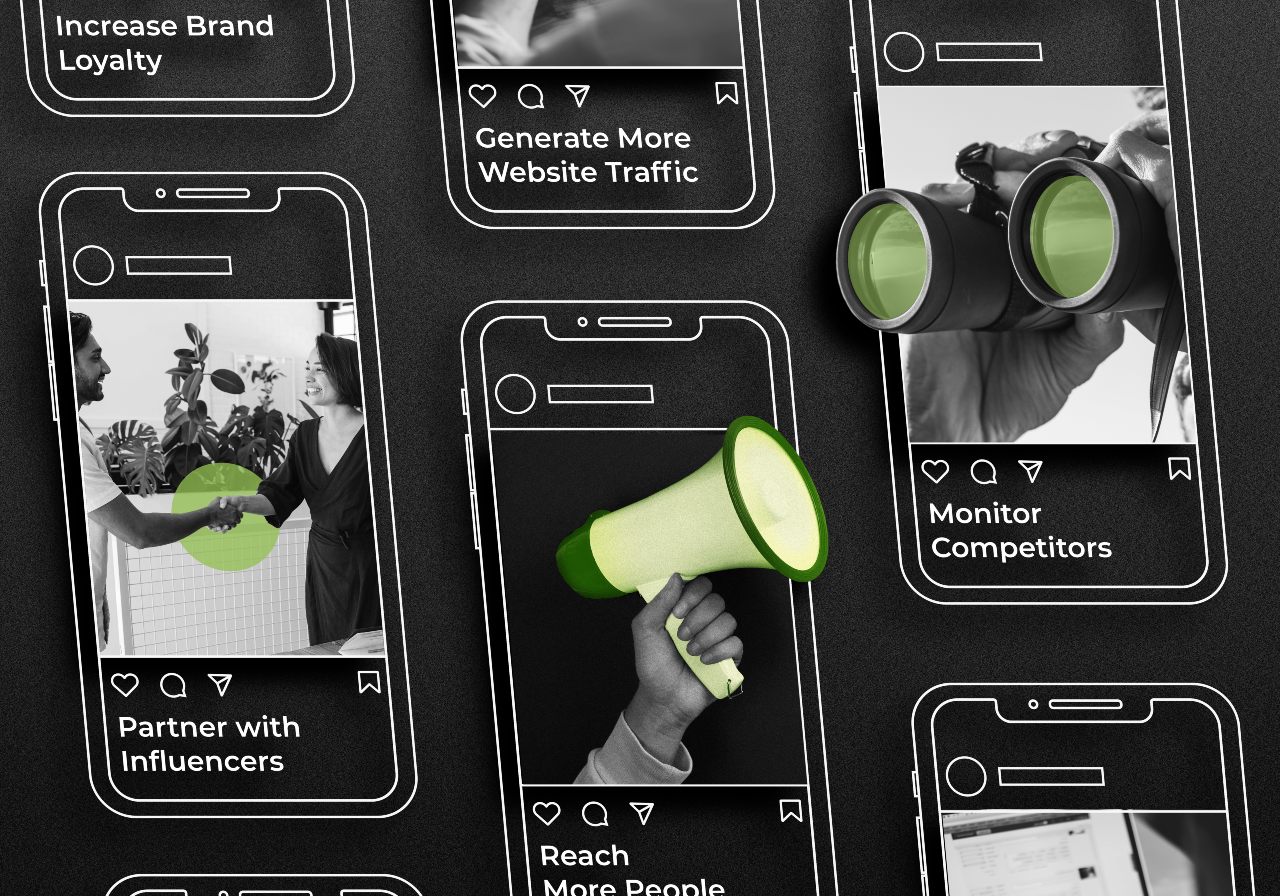
You might be wondering, “Why is social media important in growing my business?” While the answer is complex, because there are many benefits, the most prominent is the vast number of people you can reach.
With billions using social media every day, the opportunity for brands to connect with customers online is higher than ever. And even better, people are willing to become part of the conversation, unlike traditional forms of media
In addition to this vast audience, there are many other powerful benefits of using social media for your business.
Increase brand loyalty
On social media, brands are able to talk with their consumers instead of at them. This presents the unique opportunity to build consumer relationships through daily community management and social media outreach. After all, “78% of consumers are willing to buy from a company after having a positive experience with them on social media.”
We always suggest liking or replying to every comment or tagged photo, trying to facilitate back and forth conversations with fans. Because once these relationships are built, consumers start to trust the brand and become more loyal to its products and/or services.
Generate more website traffic
Everyone wants more traffic to their website. The good news is that on social media, you have access to billions of people who use these platforms every single day.
The challenge is figuring out who you want to reach and how to reach them. You can do this organically through links on posts or in your bio, which your followers will see, but you can also target specific groups using paid social media.
Paid ads can be optimized for conversions, which can be tracked through UTM links and pixels, ensuring higher conversion rates and more traffic to your brand’s website.
Reach more people
Paid media is available on every social media platform, and with self-service tools, it is relatively easy to create them, but they can also get granular, depending on your goals. Objectives can range from awareness to website traffic to store visits and even lead generation.
Social media ads are not only engaging, but they are also cost-effective. You are also able to run a variety of different creative formats and have in-depth targeting functionalities, including uploading custom audiences and creating customer lookalikes.
Monitor competitors
One of the best things about social media is its transparency. The more authentic you are, the better, and believe us, consumers will notice! Since most brands have a social media presence, it makes it extremely easy to monitor your competition. Things to look out for are: the size of their audience, how much engagement they’re getting, what kind of content their followers like, and how many people are talking about their brand compared to yours.
Analyzing social media metrics with tools like RIval IQ and Sprout Social will help you know where you stand in the marketplace and give you tips for future optimizations.
Partner with influencers
Bloggers and influencers are the future of social media marketing. They are highly effective content creators, and they know how to use that content to connect with their audiences, build trust, and inspire action. They can get authentic conversations started about your brand to help increase word of mouth, which is beneficial because 83% of Americans are more interested in purchasing a product when they’ve received a verbal recommendation from a friend or family member and 40% of people say they have purchased a product online as a result of seeing it used by an influencer.
Not only do you benefit from their reach, but their brand support carries more weight because of the trust they’ve built with their audience. Plus, you can repurpose content they create as posts on your brand’s social channels, so it’s a win-win.
How to Measure Organic Social Media Success
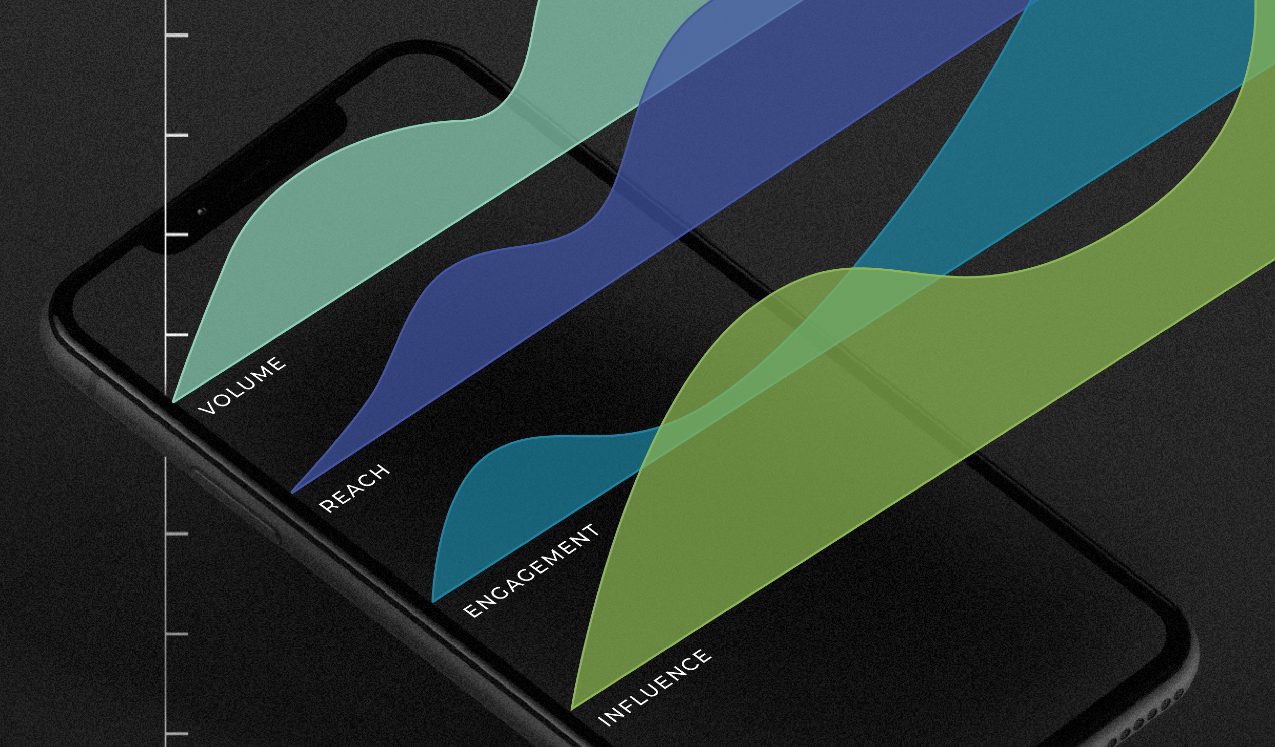
There are four main components to measuring organic social media success: volume, reach, engagement, and influence. No matter if you’re a big brand with a lot of followers and expertise or a small business with a few followers, the following metrics will ensure your social media stays on track and sees success.
1. Volume
Volume is measured by how many people are talking about your brand. The easiest way to measure this organically is through hashtags.
On platforms like Instagram and TikTok, you are able to see how many posts or views a branded hashtag has generated.
Another way to measure your volume of conversation is with social listening tools like Sprout Social or Talkwalker. Tools like this allow you to make queries consisting of your brand’s @username or general brand mentions to determine how much conversation is out there and the sentiment of that conversation, i.e. if it’s positive or negative. They can also help determine your share of voice within an industry or category.
2. Reach
Reach is indicated by the number of people who have seen your content. There are two main metrics when it comes to measuring this – impressions and reach.
Impressions are the number of times your content has been seen, and reach is the number of unique individuals who have seen it. While using social media software is the easiest way to obtain these metrics, every social platform has an internal analytics system that can help you find these numbers.
Reach is something that should be measured each month. As your audience grows, so should your reach, but organic posts can only go so far. In fact, organic posts typically only reach about 10% of your followers.
These days, you have to pay to play. Boosting posts or running paid social ads can help increase your reach beyond your organic audience and detailed targeting initiatives can help you reach the right people, which is so important when it comes to generating sales.
3. Engagement
Engagement is measured by how people interact with your posts. This is something that should be constantly monitored, post by post. It allows you to see what kind of content is working and what kind of content isn’t working.
Learning what your audience likes and dislikes will help you optimize your future content and ensure your engagement increases.
Your total engagements are measured by an accumulation of your likes, comments, shares, and clicks. Your engagement rate (ER) is measured by your total engagements divided by your total impressions.
All social platforms have a native way of measuring this. Not only should you keep track of this on a monthly basis, but it’s also smart to periodically check on your posts to see how they are performing. The beauty of social media is that it allows you to see data in real time – the smartest marketers will use that data to market most effectively.
4. Influence
Influence inspires action and, therefore, is a key metric for many brands. To get sales, you need people to buy. To get people to buy, you need people to know about you. Reaching them when it is relevant and keep them engaged is essential. Influence is an accumulation of all social media metrics, but the main way to measure it is through follower growth.
The more followers you have, the bigger your audience, which is important in growing your brand. Many brands, especially ones just starting out, use social media influencers who already have established followings and communities who trust them.
Working with influencers allows you to tap into their network in the hopes of “influencing” some of their fans to care about your brand and follow you too. Lastly, building relationships by listening to what your customers say in your comments and communicating directly with them is one of the strongest ways a brand can influence buying behavior online.
How do I get started on social media?
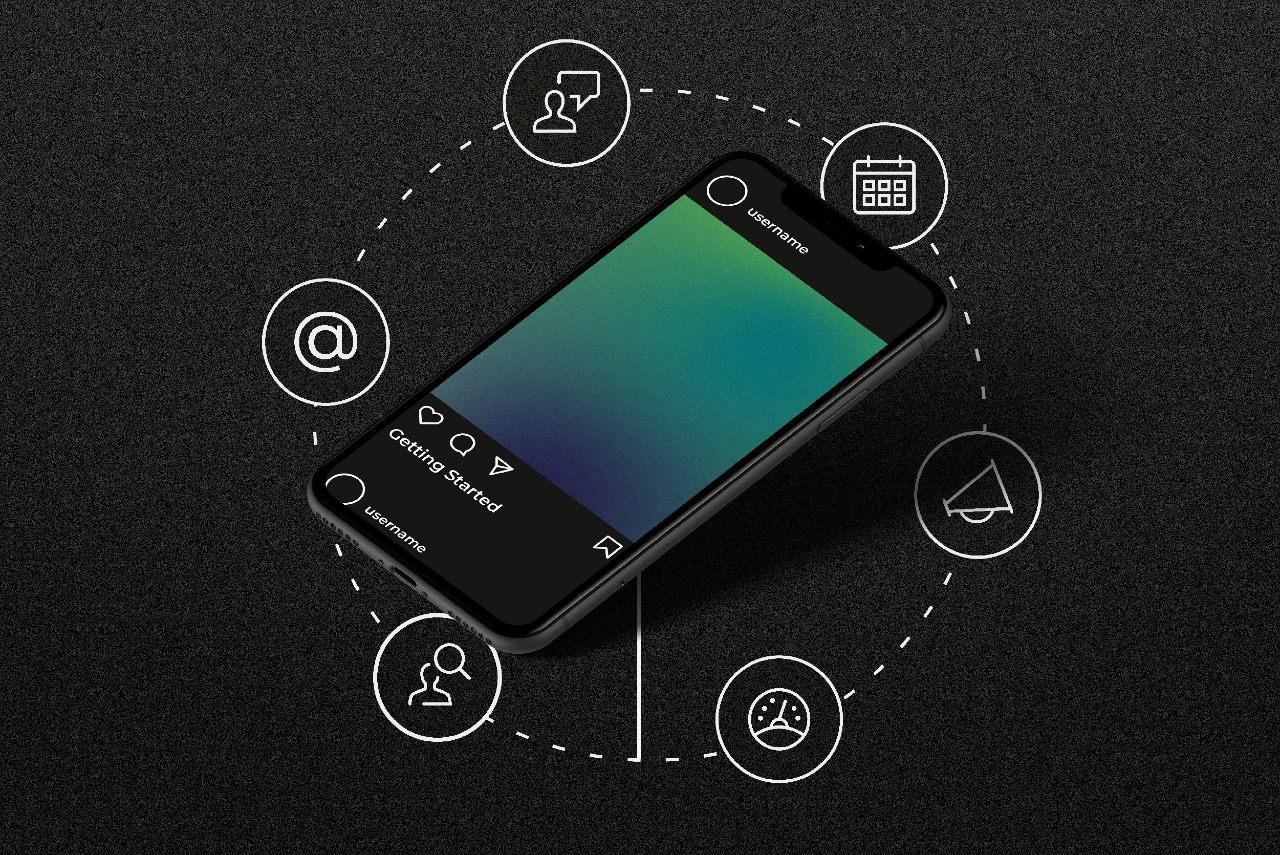
- Make sure your brand secures its username on all main social media channels including Facebook, Instagram, Twitter, TikTok, Pinterest, and YouTube.
- Perform a social media audit reviewing all your competitors. This will help you get some insight into your industry landscape.
- Create a strategy consisting of your tone of voice, visual voice, and content buckets, i.e. the main categories of content all messaging will ladder up to. Identifying these things will help give you a guide when creating content.
- Develop a social media calendar each month. Plan out the most relevant messages for your brand, create an image or video assets, and write engaging copy that will speak to your audience. Every industry is different, but a suggested cadence of posts would be about 15 posts a month, which equates to about 3-4 times a week. Remember, the more posts you have, the more opportunity for engagement, but you don’t want to bombard your audience with too many posts.
- Schedule all your posts for the month. Doing this in advance helps save you time throughout the month, which you can use to think of future strategic content. The best time to schedule your posts is when your audience is most active online. Platforms like Facebook, Instagram, and TikTok will tell you what specific days and times that is. Just visit your follower analytics to determine that unique combination for your audience.
- Manage every social media platform your brand has a presence on daily. It’s important to engage with your audience in order to build brand loyalty. Liking their photos and being responsive in answering their questions shows that your brand is trustworthy. Plus, going outside of your network with outreach helps reach potential new customers.
Conclusion
The best thing about social media is that it provides two-way communication with your audience. You aren’t just talking to them, like with traditional forms of media, you’re talking with them.
This allows you to get insights into what they like, monitor the kind of content they gravitate to in real-time, and listen to what they need.
Not only can social media increase your brand awareness and help boost website traffic, but it also allows you to gauge the sentiment around your brand and learn from your customers.
Brands that excel in social media are, more often than not, excelling in sales. As long as you use the right platforms, have a strategy defined by your brand’s benefits, and consistently measure your results, you will find success in social media.
Now that you’re an expert at unlocking the power of social media marketing, all you have to do is get started!









